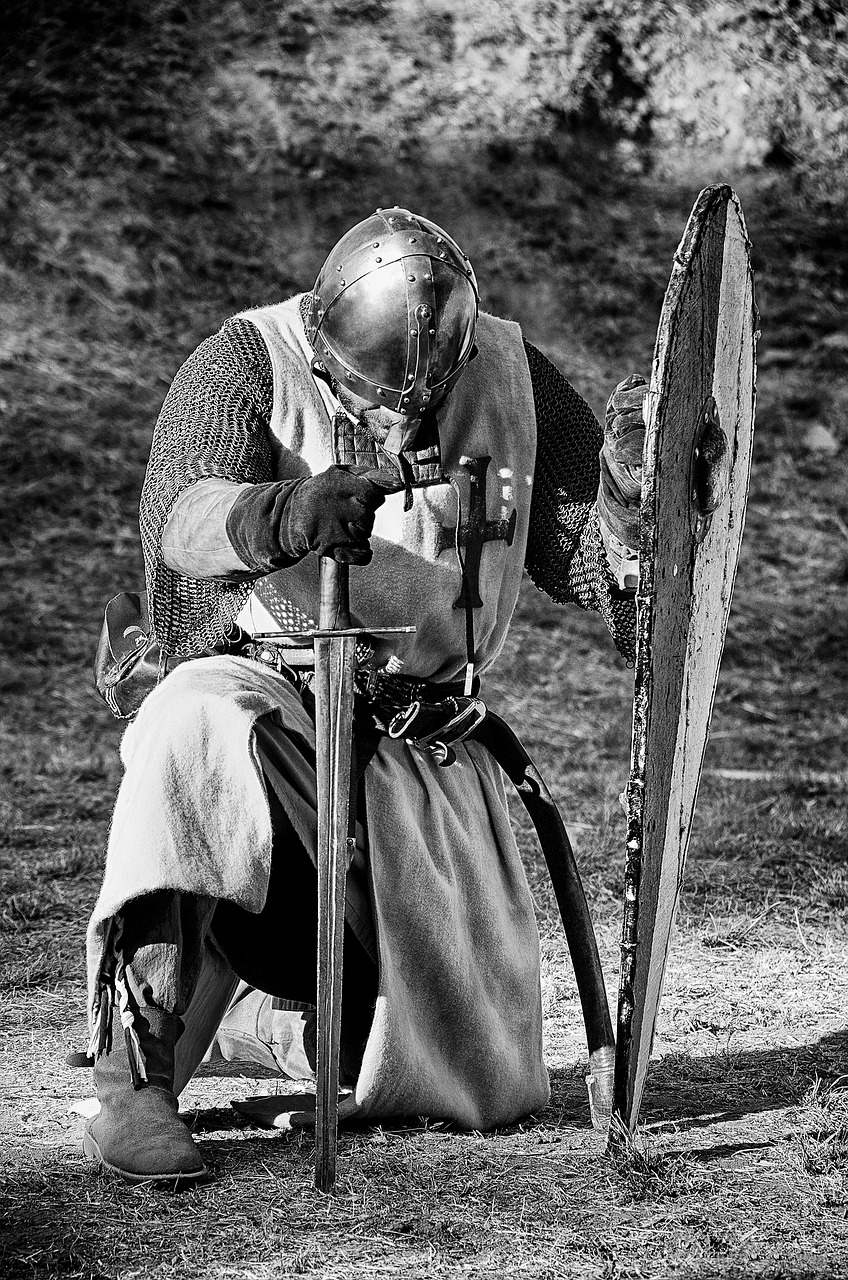THE PRE-HISTORY YEARS
DESIGNER NOTES
The Pre-History Years is an Alternate Version of the Sublight Game. In order for the game to be tactically challenging with faster gameplay, the ships needed to be able to move several hexes at a time at warp. However, they had to be less in terms of speed and firepower when compared to the Early Years.
The first challenge was deciding on the main type of Phaser for the Pre-History Years. As the General War utilized the Phaser-1, the Early Years employed the Phaser-2, the answer seemed to be clear. The Pre-History Years would have to employ the Phaser-3 as its primary Phaser. I didn’t want to go down the route of using Lasers. With the Pre-History Years Starships armed mainly with Phaser-3’s, combat would take place mostly from 0-3 Hexes away from each other.
The second hurdle was deciding on the scale of Heavy Weapons. The General War used Heavy Weapons that could be Overloaded, while the Early Years could only be fired in Standard Mode. Again, the answer seemed clear for the Pre-History Years. I needed something that was Half of Standard Mode. Without wanting to use something like the Mini (Light) Photon from Module P6 (which could be Overloaded), I came up with Heavy Weapons that would cause Half Standard Damage. I dubbed them “Pocket” Weapons to differentiate them from all the other Light and Mini Designations given to various existing weapons.
From there it was a matter of reducing each starship down to a smaller size that would still be tactically playable on the tabletop. Combining elements of Cadet ships, Destroyers, PF’s, and Frigates, I settled upon what Pre-History Starships should look like. It was very important that they be different than Early Years ships in terms of SSD Design. They had to be something less, but not quite as fragile or small as a Sublight Ship. They had to be something In-Between.
Lastly, I had to look at the Rules to be used for the Pre-History Years. Obviously, the Rules for the General Wars would not work or be appropriate for the low-tech era of the Pre-History Years. However, much of the Early Years Rules applied and worked from a Gameplay Perspective on the Tabletop. So the Pre-History Years uses a good portion of the Rules from the Early Years in terms of Transporters, Tractor Beams, Shuttles, Drones, and More.
It was vital for me to make sure that the Pre-History Years was different, not just from the Early Years, but also from other similar Genesis Galaxies such as Project-X, Pangaea, Mitosis, and Project-Y. Fortunately, the Design Paradigm for the Pre-History Years makes it Unique and Different from all these other Galaxies (which are similar, but not exactly the same).
In conclusion, the Pre-History Years offers a different sort of Tactical Game for the Patient and Strategic Star Fleet Battles Player. Starships move faster than one hex at a time, but slower than the Early Years. With the Phaser-3 as the primary Phaser, combat mainly takes places at 3 Hexes or less. Pocket Heavy Weapons score Half the Amount of Standard Heavy Weapons. Starships are small, but still require every bit of Tactical Command and Foresight as a larger Starship. Due to their small size, Pre-History Starships have an intriguing and alluring charm, which, in combination with Brand New Empires, provides something New and Different for the Star Fleet Battles Enthusiast.
In reference to Fiction, the Columbiad is a Pre-History Heavy Cruiser.
** PRELIMINARY PRE-HISTORY RULES **
• Pre-History Labs work as (YG4.0) Labs in Early Years
• Pre-History Probes work as (YG5.0) Probes in Early Years.
• Pre-History Tractors work as (YG7.63) Tractor-Y’s from Early Years.
• Pre-History Transporters work as (YG8.14) Transporters with 1 Hex Range from Early Years
• Pre-History Shuttles work as (YJ2.0) and (YJ2.2211), but (YJ2.13) is omitted. Pre-History Wild Weasels function as (YJ3.0). (YJ4.0)-(YJ13.0) are omitted.
• All other Pre-History Rules not referenced above generally work like Early Year Rules, except that they must be examined on a case-by-case basis to make sure they fit in with the Pre-History Years Design Paradigm.




